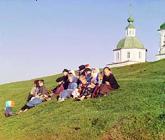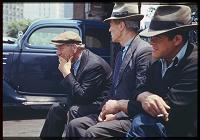Dave has been steadily rolling out new features in his OPML aggregation site, feeds.scripting.com, including:
- Customizable coffee mug icons to allow you to do a one-click subscribe to feeds in the aggregator of your choice. (I used the template
feed://[[xmlUrl]]to allow one click subscriptions for NetNewsWire.) - Other people’s feeds: Who are the blogerati reading? (Note to Scoble: d00d, 626 feeds and no love for me?) For disclosure, here’s my list, though it’s about a week old. Which reminds me…
- …I need to start publishing my OPML file on my site, so that feeds. can get the updates as I make them. This comes from a new feature: if you upload your OPML as a URL rather than a file, feeds polls the file periodically for changes.
- Who subscribes to my feed: This is probably the killer app for the site. Though inclusion is voluntary and incomplete, you get a picture of the readers who see everything you write through RSS. In my case, that would be the ten readers I alluded to in the title. (Hi, folks.)
If you’re not already participating in this community, and you use an aggregator, go, go, join. It’s getting cooler every day.



